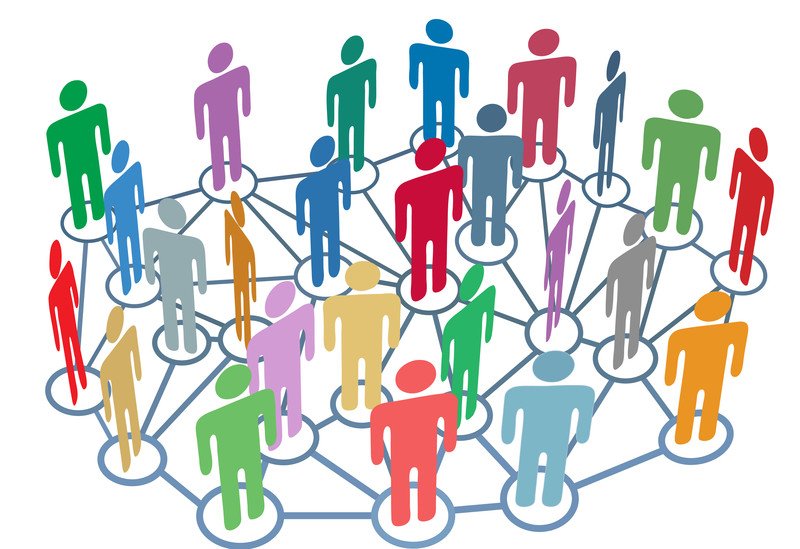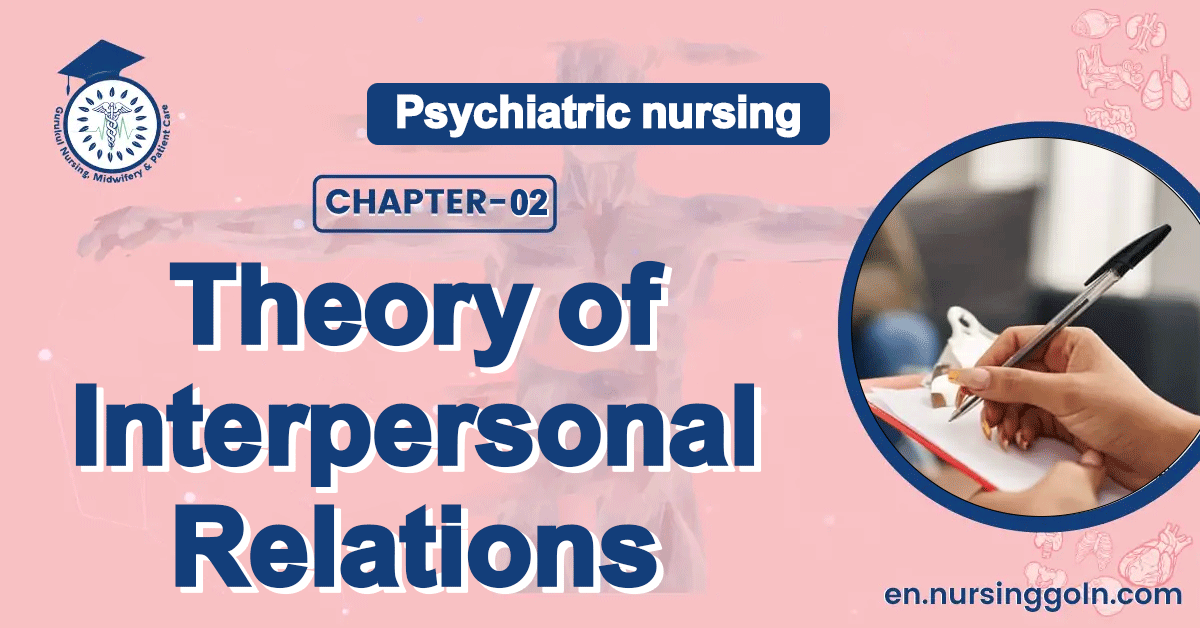Theory of Interpersonal Relations – This book covers the entire syllabus of “Psychiatric Nursing” prescribed by the Universities of Bangladesh- for Basic and diploma nursing students. We tried to accommodate the latest information and topics. This book is an examination-friendly setup according to the teachers’ lectures and examination questions.
At the end of the book previous university questions are given. We hope in touch with the book students’ knowledge will be upgraded and flourish. The unique way of presentation may make your reading of the book a pleasurable experience.
Theory of Interpersonal Relations
Theory of Interpersonal Relations: American psychiatrist Sullivan enlarged the theory of personality development by incorporating the importance of interpersonal relationships and developing the theory of interpersonal relations. According to this theory, personality and mental health diseases are generated as a result of social powers and interpersonal experiences.
Therefore, the aims of therapy are (1) to rehabilitate interpersonal experiences and (2) to ensure positive relationships. Based on this information, Shives (2008) states that nurses should focus on the changes in the development of individuals, non-adaptive behaviors, and interpersonal relations resulted with stress or anxiety. Similarly, Crowe et al. (2008) state that nursing initiatives based on the interpersonal approach are performed to determine interpersonal patterns and how these patterns affect an individual.
They also report that nurses study an individual’s needs in the relationship with his or her partner, his or her expectations for the relationship, his or her feelings, and how the individual’s behaviors are perceived by his or her partner in their practices.
Based on Sullivan’s theory of interpersonal relations, Peplau, a nursing theorist, developed the concept of the therapeutic relationship between patient and nurse. Boyd (2002) explained the theory of interpersonal relations’ effect on psychiatric nursing with the fact that Sullivan’s theory became a base for Peplau’s theory of interpersonal relations.

Behavioral theory
“All we need to know in order to describe and explain behavior is this: actions followed by good outcomes are likely to recur and actions followed by bad outcomes are less likely to recur.” Skinner, 1953
Introduction
- Behaviorism is a philosophy of psychology, which has a profound influence on the understanding of mental and behavioral aspects of life.
- Behaviorist theory is based on the concept of learning which refers to a relatively permanent change in behavior or knowledge due to experience
- Behaviorism originated in Russia with Ivan Petrovich Pavlov (1849-1936).
- Behaviorism as a discipline was founded by John Watson (1878-1958).
- Skinner and Thondike extended the theory.
Respondent Learning/Classical Conditioning
- This theory was formulated by a Russian psychologist called Ivan Pavlov.
- It is based on a stimuli-response formula.
- Pavlov presented his theory by his famous experiment, a dog learned to salivate to the sound of a bell, if the bells were rung simultaneously with the presentation of food.

Operant Conditioning
Developed by B. F. Skinner (1904-1990) and JB Watson.
- Humans were simply more complicated than animals but operated on the same principles” Watson
- This theory states that when learning is rewarded, behavior is perpetuated or maintained, while punished behavior is removed
- In the classic experiment of “Skinner Box”, a rat may receive a food reward every time he presses the bar. He presses faster and faster.
- Techniques in operant conditioning are:
✓ Positive reinforcement – increasing a behavior by administering a reward.
✓ Negative reinforcement – increasing a behavior by removing an aversive stimulus when a behavior occurs
✓ Punishment – decreasing a behavior by administering an aversive stimulus
✓ Extinction – decreasing a behavior by not rewarding it.
Application
- Several psychotherapeutic interventions have been developed based on behaviorism for conditions such as phobia, anxiety disorders and behavior problems in children.
- These theories have been applied in educational psychology for developing and refining methods of teaching.

Read more:
